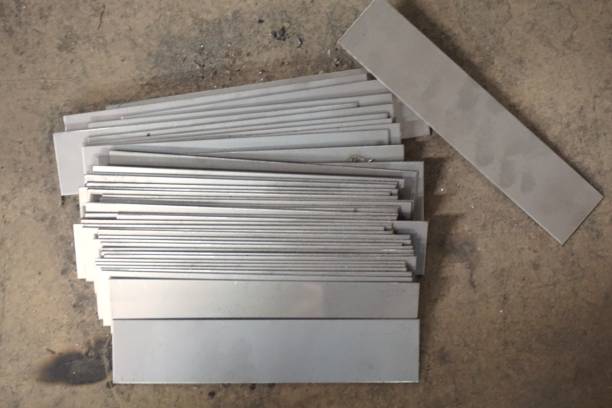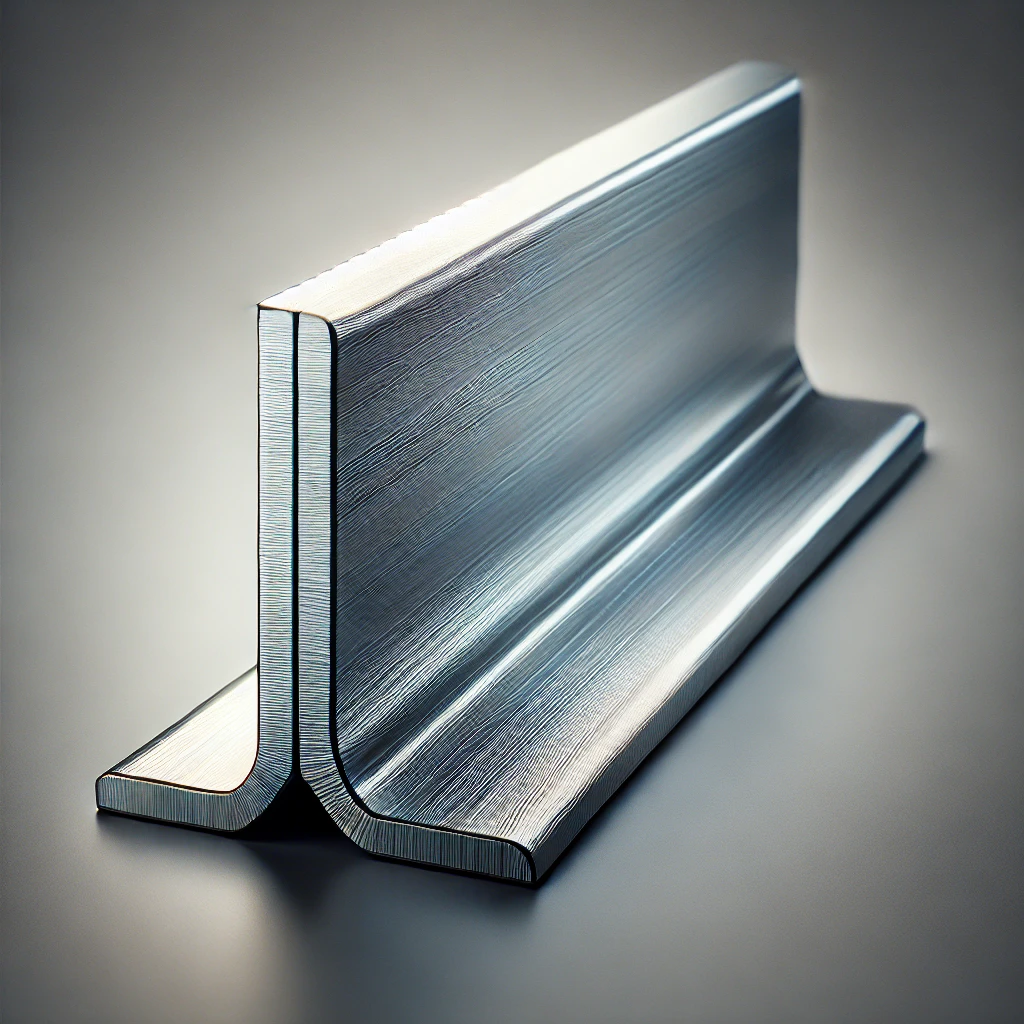High-Performance Stainless Steel for Paper & Pulp Processing
The paper and pulp industry operates in extreme conditions, where moisture, chemicals, and heat demand materials that can withstand corrosion, pressure, and wear. At National Stainless Steel Centre (NSSC), we supply and process high-quality stainless steel to meet the industry’s demanding requirements, ensuring efficiency, hygiene, and longevity.
Why Stainless Steel is Essential in the Paper & Pulp Industry?
Stainless steel plays a critical role in the manufacturing and processing of pulp and paper. From digesters to drying systems, it provides strength, durability, and resistance to corrosion. Unlike carbon steel, stainless steel does not degrade when exposed to acidic or alkaline chemicals, making it a cost-effective choice for long-term use.
Our Stainless Steel Services for the Paper & Pulp Industry
1. Precision Laser Cutting
- High-accuracy cutting for machine components, conveyors, and storage tanks
- Ensures precise fitting for seamless production efficiency
- Ideal for complex, custom-designed processing equipment
2. High-Definition Plasma Cutting
- Perfect for thick stainless steel used in heavy-duty applications
- Cuts up to 100mm thick with precision and smooth edges
- Reduces material waste and improves fabrication efficiency
3. Water Jet Cutting
- Cold-cutting method prevents heat distortion in delicate components
- Highly accurate cutting for screens, filters, and pump components
- Works with various stainless steel grades and thicknesses
4. CNC Bending & Rolling
- Custom bending for tanks, pipes, and pressurised vessels
- Rolling services for cylindrical components used in pulp processing
- Ensures uniformity and structural integrity
5. Welding & Fabrication
- Leak-proof welding for storage tanks and processing units
- Custom fabrication of drying cylinders, piping systems, and ventilation ducts
- Ensures compliance with industry safety and hygiene regulations
Key Benefits of NSSC Stainless Steel for the Paper & Pulp Industry
1. Corrosion Resistance
The paper and pulp industry relies on materials that withstand high moisture, chemicals, and extreme pH levels. NSSC’s stainless steel grades, including 304, 316, and duplex stainless steels, provide exceptional resistance to rust and corrosion.
2. Strength & Durability
Paper and pulp processing involves high temperatures and mechanical stress. Our stainless steel solutions ensure long-lasting performance, reducing replacement and maintenance costs.
3. Hygienic & Low Maintenance
Stainless steel’s smooth, non-porous surface prevents bacteria buildup, making it ideal for sanitary applications in pulp processing. It requires minimal maintenance, saving on cleaning costs.
4. Cost-Effective Over Time
While stainless steel may have a higher initial investment, its low maintenance, corrosion resistance, and long lifespan make it a cost-effective choice in the long run.
Common Applications of Stainless Steel in the Paper & Pulp Industry
Processing Equipment & Machinery
- Digesters and refining tanks
- Press rolls and drying cylinders
- Chemical storage tanks
Piping & Filtration Systems
- Corrosion-resistant pipelines for pulp transport
- Screens, strainers, and filtration components
- Flow control valves and pump housings
Infrastructure & Structural Components
- Stainless steel cladding for processing facilities
- Handrails, walkways, and protective barriers
- Ventilation and exhaust systems
Why Choose NSSC for Your Paper & Pulp Stainless Steel Needs?
1. Industry Expertise & Custom Engineering
With over 40 years of combined experience, NSSC is a leading provider of stainless steel solutions for the paper and pulp industry. Our team understands the unique demands of the sector and provides tailored solutions to meet those needs.
2. Advanced Processing Technology
Our state-of-the-art laser cutting, plasma cutting, and CNC bending services ensure that every component meets strict quality standards.
3. Reliable Supply & On-Time Delivery
We maintain a consistent stock of stainless steel sheets, pipes, and fabricated parts, ensuring fast order fulfilment and timely delivery across South Africa.
4. Compliance with Industry Safety Standards
We provide mill-certified stainless steel, ensuring reliable performance in high-pressure and chemical-intensive environments.
Get a Quote for Paper & Pulp Stainless Steel Solutions
Ensure the efficiency, durability, and safety of your paper and pulp processing systems with high-quality stainless steel solutions from NSSC. Contact us today for expert guidance and competitive pricing.
📍 Location: Kempton Park, Gauteng
📞 Call us: +27 11 552 8800
📧 Email: info@nssc.co.za
🌍 Visit us: www.nssc.co.za
Let us supply precision-engineered stainless steel for your paper and pulp processing needs!



